Content by Eric Jones
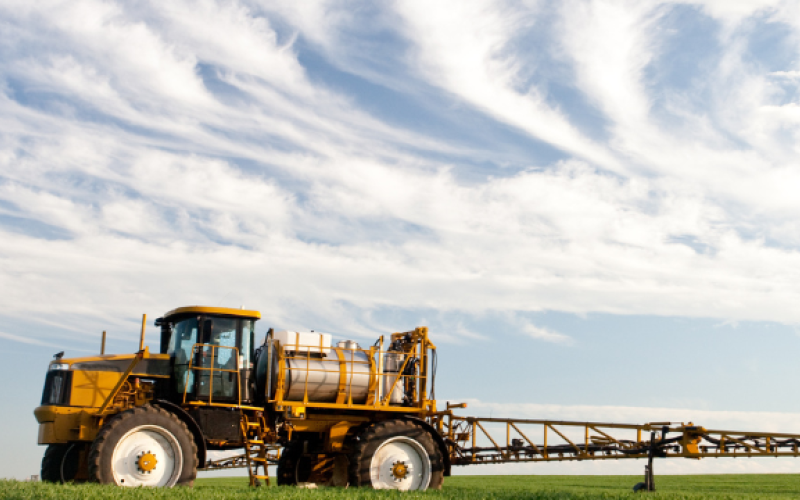
Private Applicator Training for Crops
SDSU Extension will host a free private applicator training for crops on April 15, 2026, from 1:30 - 4:30 p.m. CT (12:30 - 3:30 p.m. MT). Participants have the option to attend online or at various locations across the state.
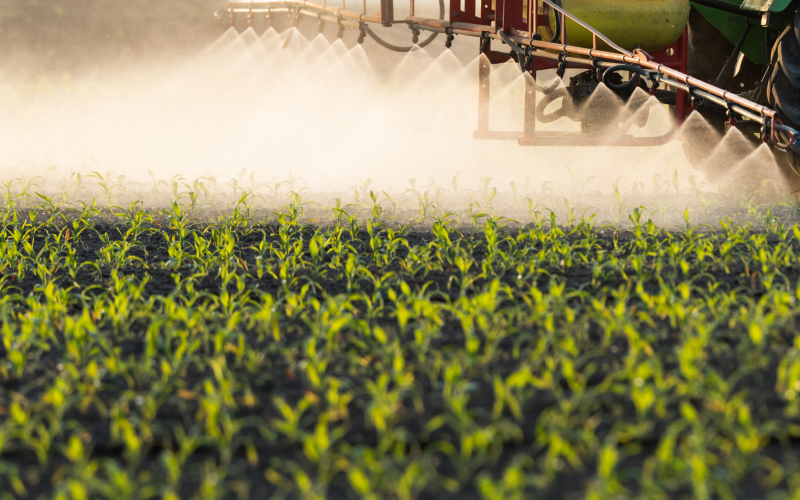
Private Applicator Training for Crops
SDSU Extension will host a free private applicator training for crops on January 21, 2026, from 1:30 - 4:30 p.m. CT (12:30 - 3:30 p.m. MT). Participants have the option to attend online or at various locations across the state.
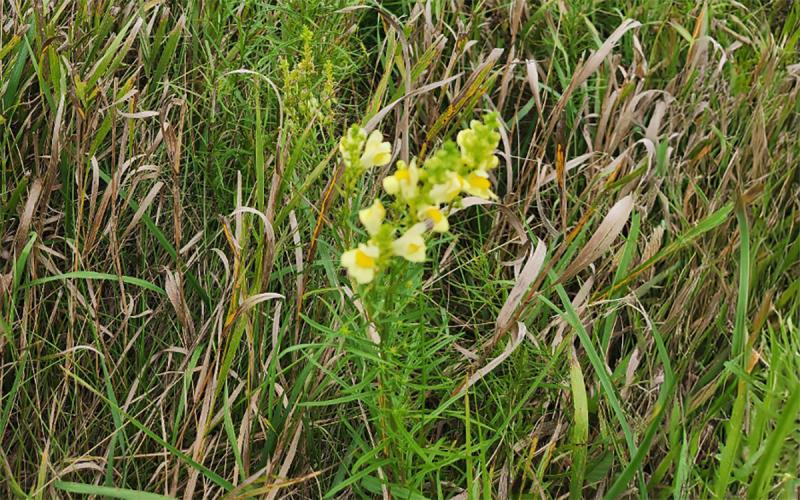
Yellow Toadflax Has Begun Producing Seeds: Scout before treating infested areas
Yellow toadflax is a perennial weed that infests pasture and rangeland across South Dakota. This year, with an abundance of heat and moisture, plants flowered in early August and now have started to produce seeds.
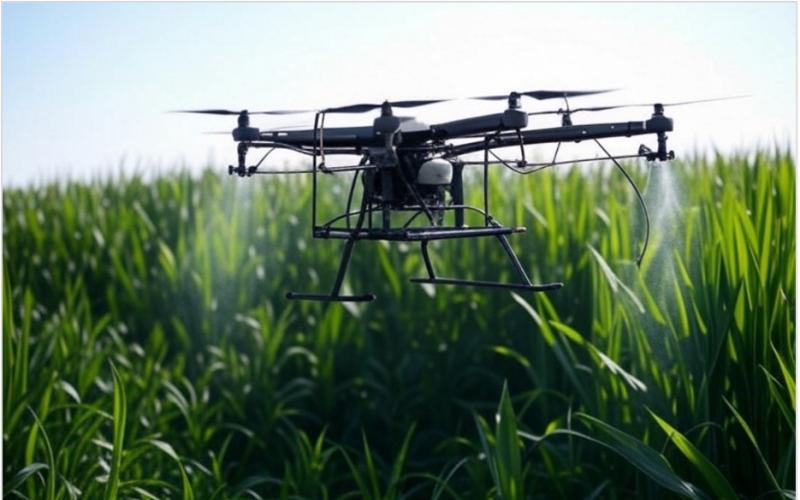
Required Licensing For Applying Pesticide Using Spray Drones
Fact sheet for South Dakota stakeholders wanting to get certified to apply pesticides with a spray drone.
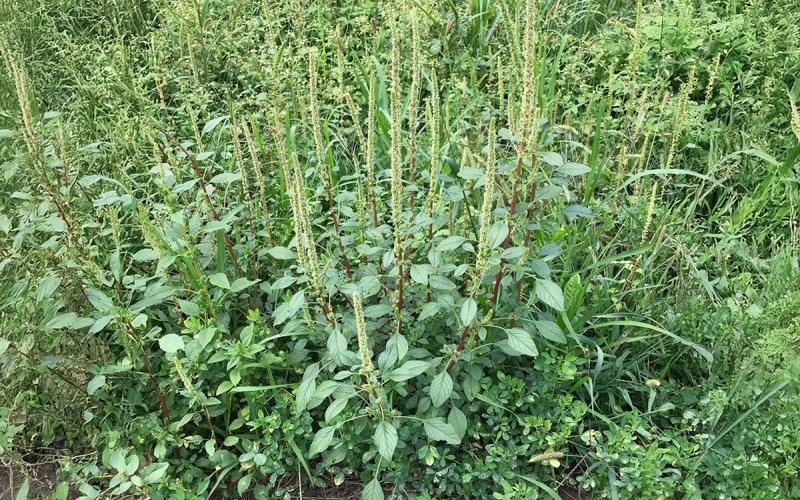
Palmer Amaranth Confirmed in Turner County: Is this weed in your fields?
Palmer amaranth has recently been confirmed in Turner County. Currently, the estimation of Palmer amaranth infestations has been confirmed in 18 counties across South Dakota
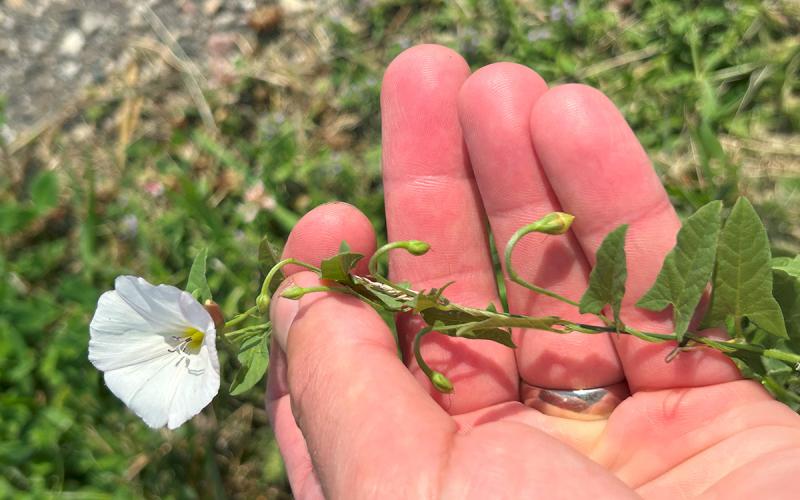
In a Bind With Field Bindweed?
It’s August and field bindweed, one of our most-persistent perennial weeds, is flowering. Although field bindweed is not statewide noxious, it’s locally noxious in Bennett, Bon Homme, Clarke, Lake, Stanley, and Yankton counties.

Volunteer Wheat and Kochia Management With Herbicides Will Likely Require Two Passes
Wheat curl mites, which carry wheat streak mosaic virus, use volunteer wheat and grass weeds as secondary hosts to infest recently planted winter wheat crops. Therefore, effective management of these plants before winter wheat planting is critical.
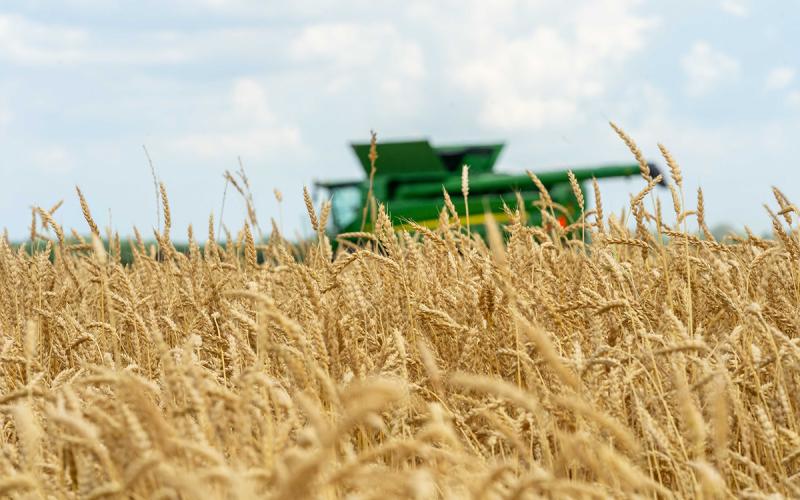
Weed Management After Wheat Harvest
Most of the winter wheat has been harvested in South Dakota and spring wheat harvest is underway. While the growing season is over for the wheat, post-harvest weed management is important to minimize the amount of weeds that are present in the spring
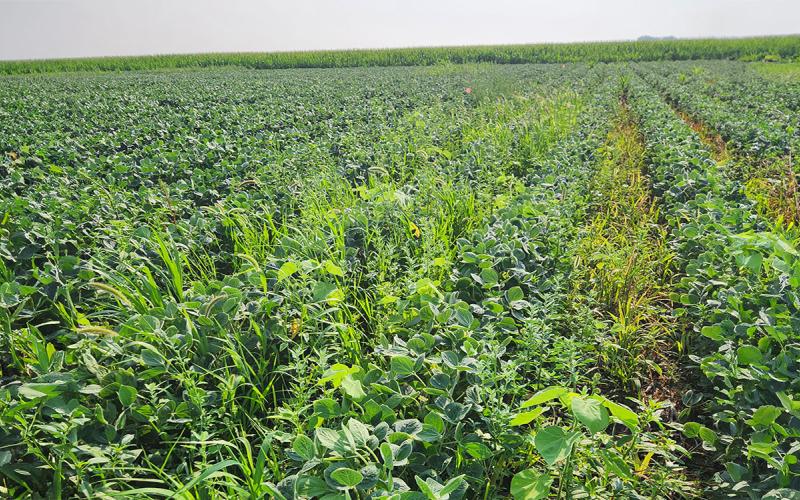
Suspect Herbicide Resistance in Your Fields? SDSU Can Help!
Submission form to screen weeds for herbicide resistance in South Dakota.
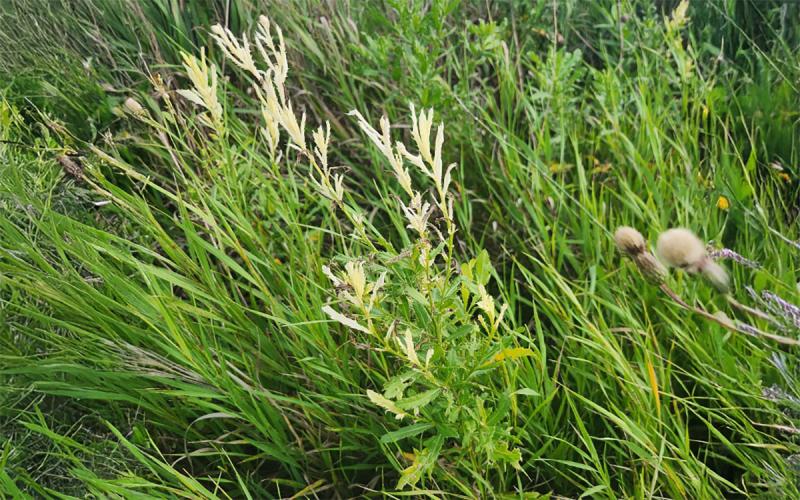
White Thistle Disease: Biological management at work
White thistle disease can be seen among many Canada thistle plants throughout South Dakota this growing season. Plants infected with the disease exhibit significant reductions in both growth and seed head compared with non-infected plants.